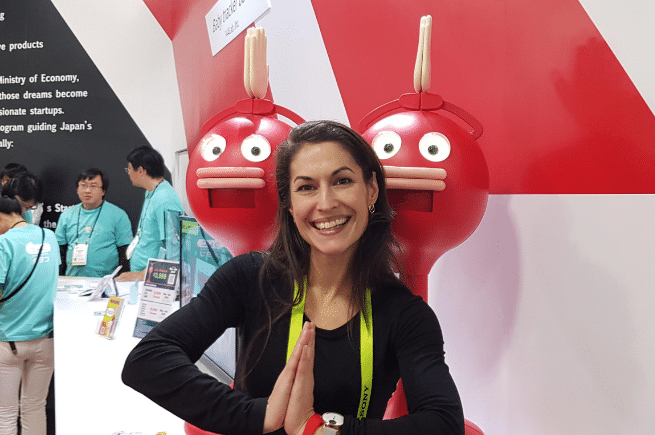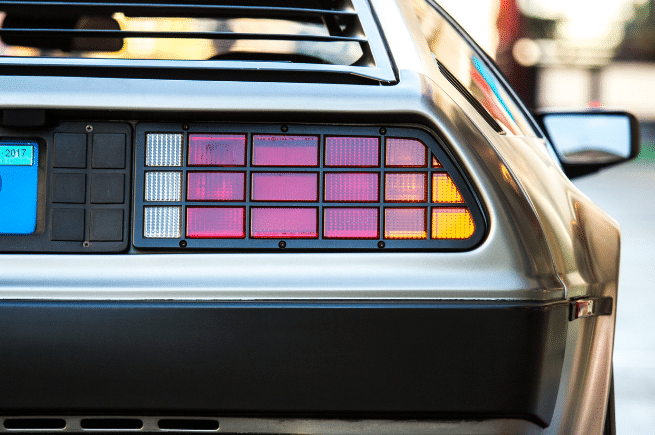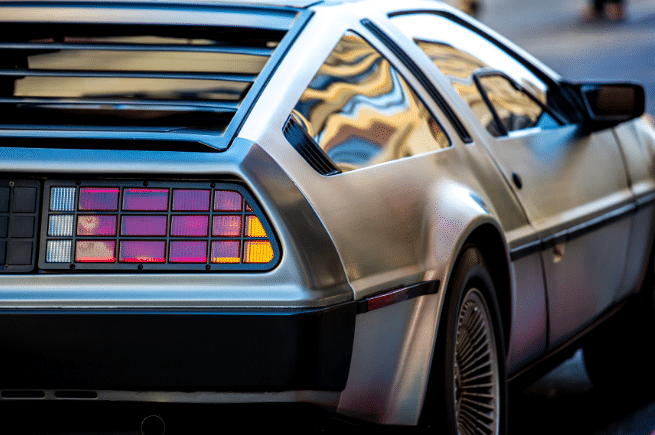F is for Fraud
This addition to the A-Z of Adtech series focusses on ad fraud and our mission to bring back trust to our industry. Last week we announced that Unruly is now one of nearly 70 nearly companies who are fully certified for the IAB UK Gold Standard. By qualifying for certification we have committed to reduce ad fraud, increase brand safety, and improve the digital advertising experience for consumers. The Trustworthy Accountability Group recently released its first report dedicated to the European markets and found that the picture was less bleak for those companies that had adopted TAG accreditation. The report revealed that fraud rates dropped from an industry average of 8.99 percent to 0.53 percent — a 94 percent drop — according to the research! (Digiday UK) Last year our Programmatic Lead. Paul Gubbins,
Can Super Bowl ads get any funnier?
There were lots of laughs in 2018, but how will brands approach the 2019 Super Bowl? Traditionally, Super Bowl ads are some of the year’s funniest. In 2018, brands’ sense of humor returned, with a combination of uplifting, nostalgic and laugh out loud ads. Super Bowl LII ads were 150% funnier than average US ads, which marked a change from the more serious batch of 2017 ads, where brands got controversial with political and social issues. We recently published a Video Impact Study, looking at how last year’s Super Bowl ads performed which is where these figures come from. Click here to download the full study. NFL’s “Touchdown Celebrations” was the funniest ad, with 24% of viewers reporting intense hilarity in response to seeing Eli Manning and Odell
The most important trends from CES 2019
Last week the Unruly team descended upon Las Vegas, along with some of the biggest tech companies and enthusiasts from across the world for CES 2019. This year the show had more than 4,500 exhibitors sprawled across 2.7 million square feet! To save you from trolling through thousands of tweets, company announcements and press releases, our Futurist, Elena Corchero, has condensed the show’s biggest and most innovative news into 11 key trends that sum up this year’s show, and are important for the advertising industry to be aware of. #1 Keep your eyes off the road Autonomous cars are nothing new but there was an entire hall dedicated to them this year. Flying cars are also coming (Back to the Future was only 4 years late!), and
Back to the Future Part III : Advertising in 2019
Welcome back to the third part of our look back at 2019’s advertising trends. We’re still in the year 2020 and in this final part we are taking a look at how brands and advertisers had to cope with the rise and growth of streaming services, shoppable video, voice technology and brand bypass. Coming to a big screen near you In 2018 we saw Amazon Prime Video and Netflix experiment with ads. In 2019 they took this a step further and launched free memberships supported by programmatic advertising. For brands and creatives used to working within the constraints of tiny mobile screens, this was an incredible opportunity to reach people in a different emotional context on a much bigger canvas. And it’s not just the format, but
E is for Emotions
As part of our A-Z of Adtech series, this week two of our Insights team, Holly Morrison and Johanna Hansson, looked back at one of Bodyform’s most innovative and thought provoking ads entitled Blood, in order to showcase the different layers of emotional response captured by biometric versus survey methods. To do this we’re going to look at two different methods of capturing and analysing emotional responses, the different results these provide and the importance of combining these to give brands a complete view of an ad’s emotional performance. Generally we find that positive emotional responses increase brand effects and give an uplift in sales volume when compared to rational or unemotional ads. This is because an emotional video allows the viewer to connect with the brand, to create
Back to the Future Part II : Advertising in 2019
Discover what the advertising in 2019 looked like! Welcome back to the second part of our look back at 2019’s advertising trends. We’re still in the year 2020 and this time around we’re looking back at how brands and advertisers used science and emotions to reach audiences throughout 2019. Neuroscience took off for content testing When combined with self-reported survey data, facial coding can be a strong indicator of a viewer’s intuitive response to stimuli and provides a second by second emotional view of a video. Brands took this to the next level in 2019 using permission-based deeper biometric testing techniques such as neuro testing, EEG and galvanic skin response to capture a fuller picture of viewer responses to content. Come on get happy You’d be
2018 – a year in emotion
Before we take a look at the big emotions evoked by 2018 ads, and predict what lies in store for the year ahead, it’s worth reminding ourselves what we mean when we talk about ‘emotions’. Put simply, an emotion is an experience which we can consciously articulate and reflect upon. There’s a wide and rich vocabulary for naming and expressing these feelings, and we also communicate them physically in our facial expressions and body language. It’s widely understood that emotions can be monitored and algorithmically analysed – otherwise known as sentiment analysis – thanks to the wealth of behavioural data that can be collected. To use Unruly as an example, we’ve amassed 2.2 million emotional reactions to video content. This same data set tells us that deploying emotions
Case Study: Taking Coca-Cola’s campaign to the next level
In 2018, the global drinks brand Coca-Cola, launched an ad campaign in Sweden for its new flavoured Coca-Cola Light Exotic Mango drink. Understanding Coca-Cola’s audience The brand produced a 10 second long video creative to promote the new flavoured drink. The ad shows a couple drinking the new Coca-Cola flavoured drink in their lounge, and then transitions to a man sitting on a plane and drinking the passenger’s Coke who he is sitting next to whilst they sleep. To achieve brand awareness and optimal completion rates, Coca-Cola partnered with us to help them harness the power of emotional data. With women aged 30 to 44 being the intended audience, Coca-Cola used our proprietary content research and testing tool UnrulyEQ. Measuring the video’s impact on brand metrics
Back to the Future: Advertising in 2019
Discover what the advertising in 2019 looked like! Thanks to the global relationships we have with brands, agencies, publishers, and not to mention our in-house futurist team with the Unruly Home, we’re really lucky to get tonnes of insight from loads of different areas coming into the business. We’re also very proud of our work with the U7 (the Unruly client council) which is our hotline to the heart of the biggest advertisers and agencies on the planet. This also helps us identify the trends that are worth paying attention to. Think of this article as a sort of time machine. You’ve hit 88 mph, the flux capacitor has jumped into action and you’ve arrived in 2020. We’re now looking back at advertising in 2019 to see what










